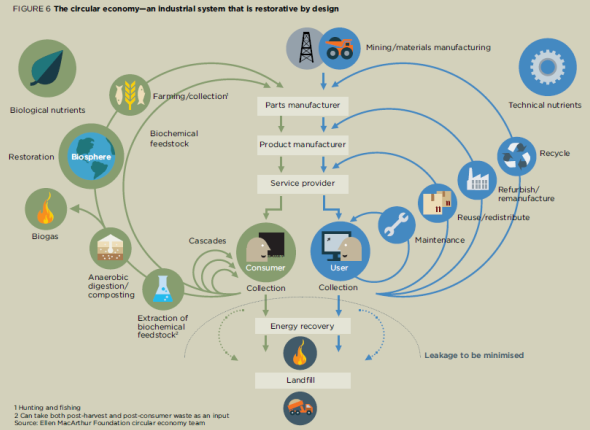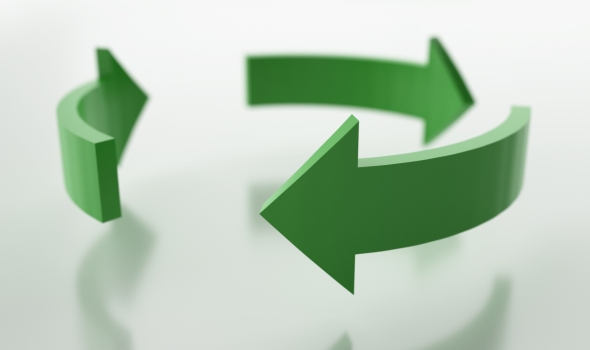
Our current linear production and consumption model of “take, make and dispose” is not sustainable. We no longer can afford to use more limited resources and create more waste. We have to change, and the alternative model that is fast gaining traction is the circular economy.
Driven by the Ellen MacArthur Foundation and building upon concepts such as Cradle to Cradle, Industrial Ecology and Biomimicry, the circular economy is the next big sustainability trend.
According to the World Economic Forum: “a circular economy is an industrial system that is restorative or regenerative by intention and design. It replaces the end-of-life concept with restoration, shifts towards the use of renewable energy, eliminates the use of toxic chemicals, which impair reuse and return to the biosphere, and aims for the elimination of waste through the superior design of materials, products, systems and business models.”
The circular economy involves two types of materials flows, described by William McDonough and Michael Braungart in their book, Cradle to Cradle: biological nutrients that are non-toxic and can be returned back to the environment safely, and technical nutrients that are circulated within the economy with minimal loss of quality.
The emphasis is on designing out waste, adopting systems thinking, and creating services and access instead of product ownership. This diagram from the Ellen MacArthur Foundation’s report, Towards the Circular Economy vol. 1, shows the material cycles in the circular economy:
The benefits of the circular economy includes:
- Reduction in resource scarcity, supply risks, price volatility, waste disposal and environmental pollution
- Increase in material and resource savings, reuse and recycling, new jobs and business models, and consumer choices and loyalty
In the circular economy, companies have to rethink their business models, adopt systems thinking, redesign their products and processes, and explore reuse, remanufacturing and recycling.
Here are 5 main categories where companies can develop new circular economy business models, with examples of companies in that space:
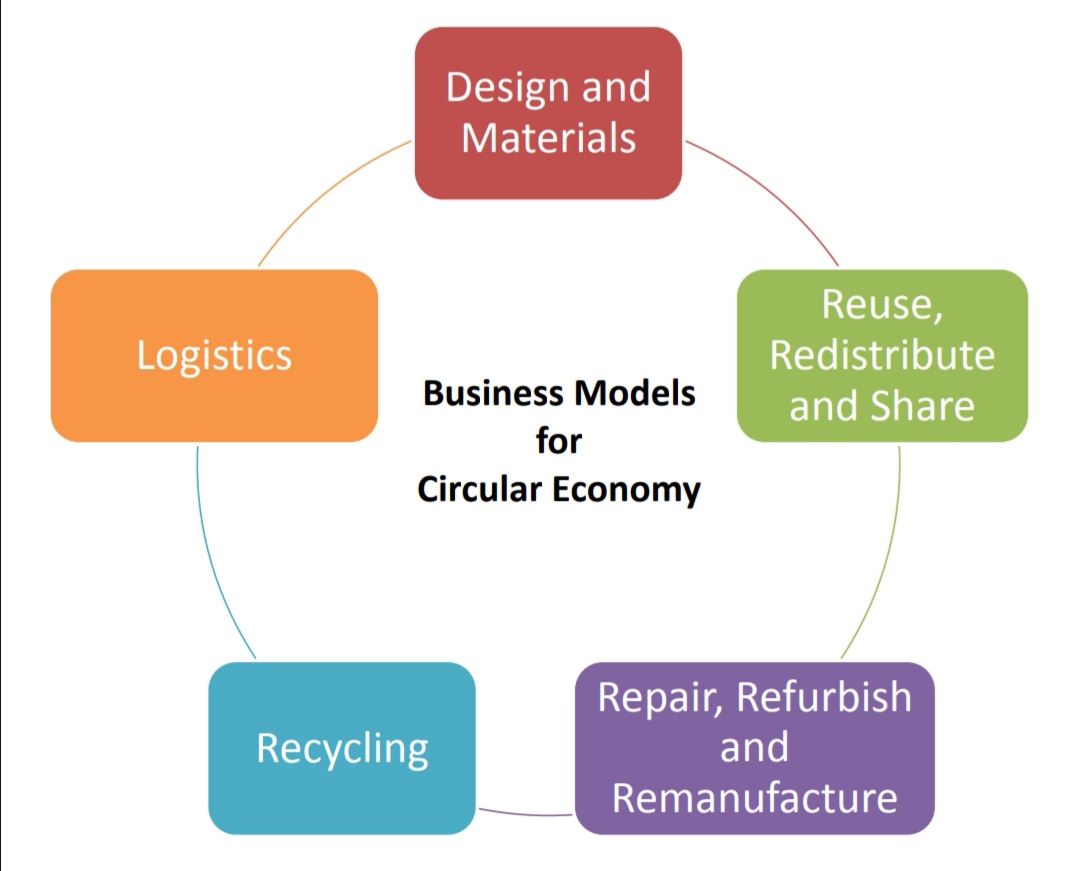
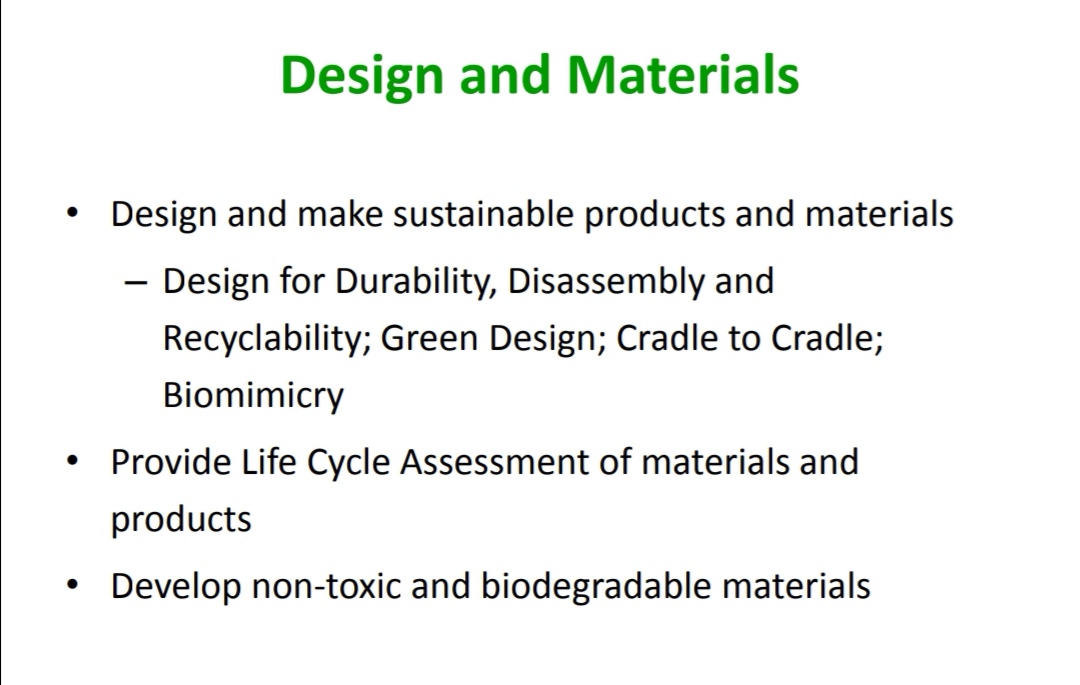
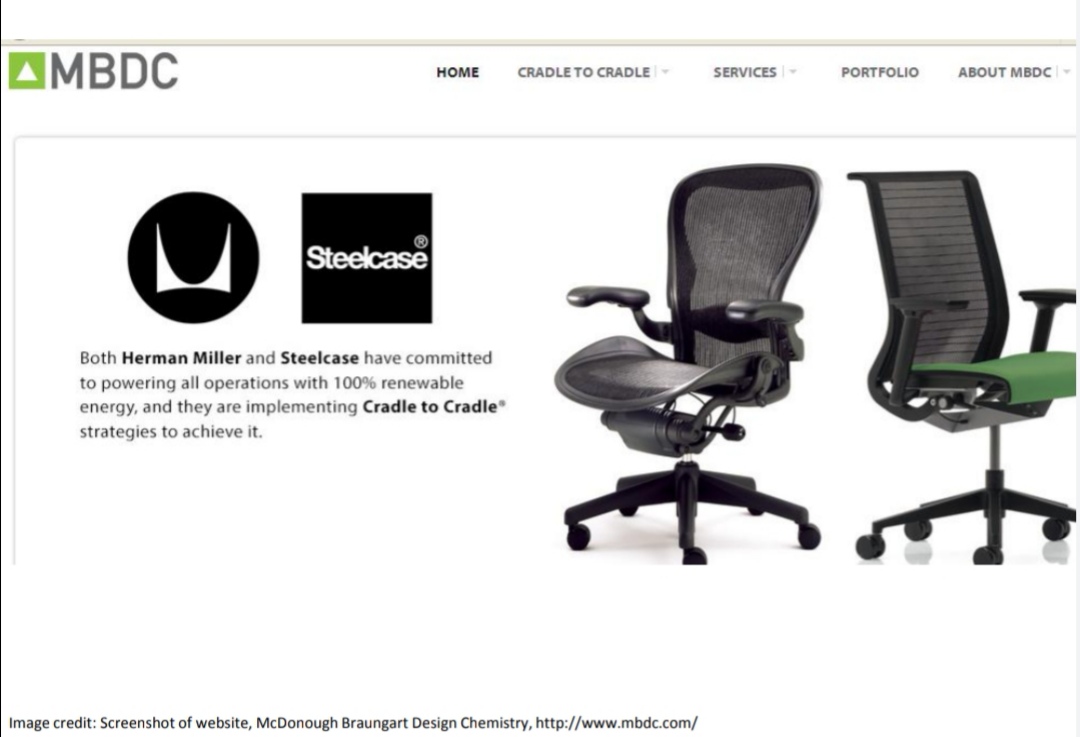
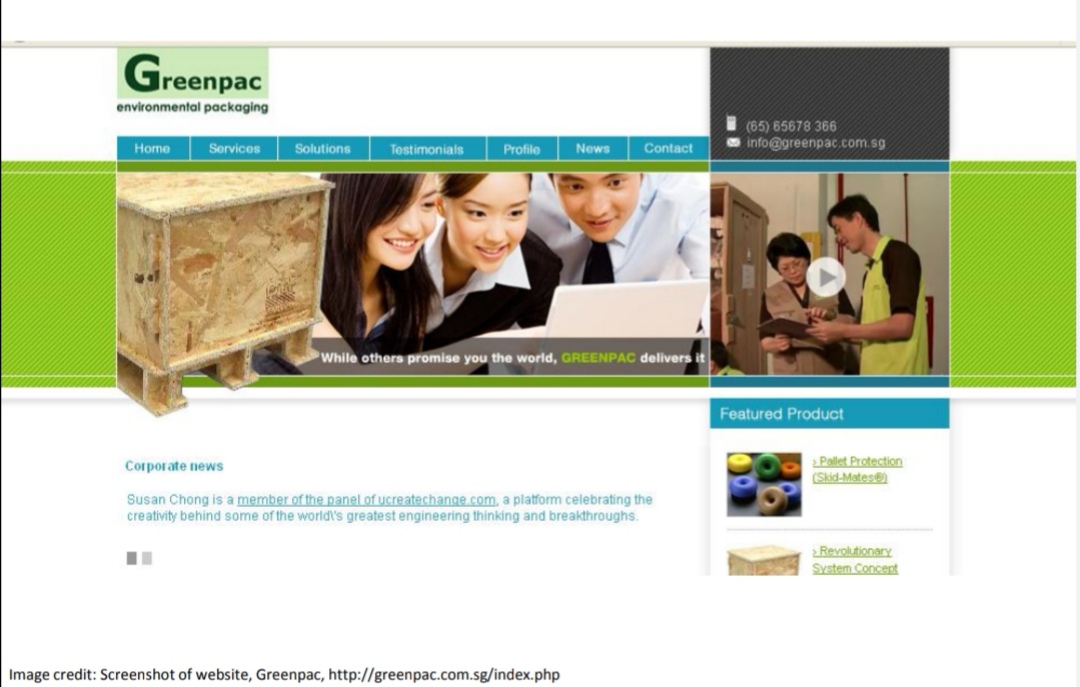
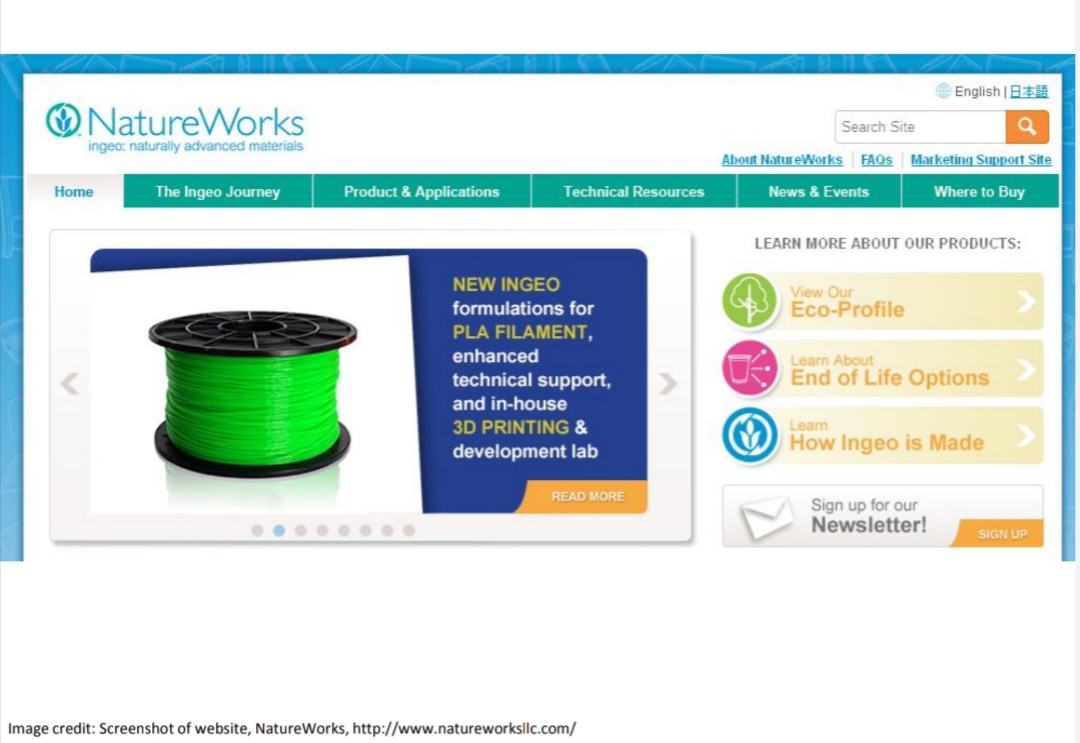
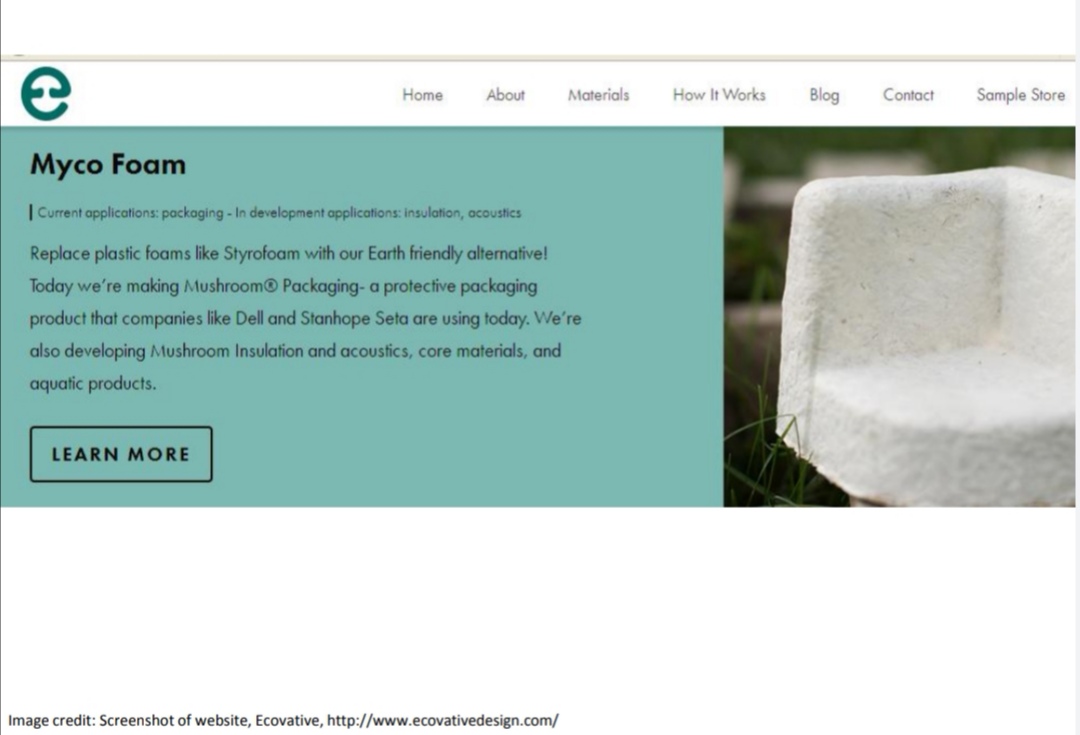
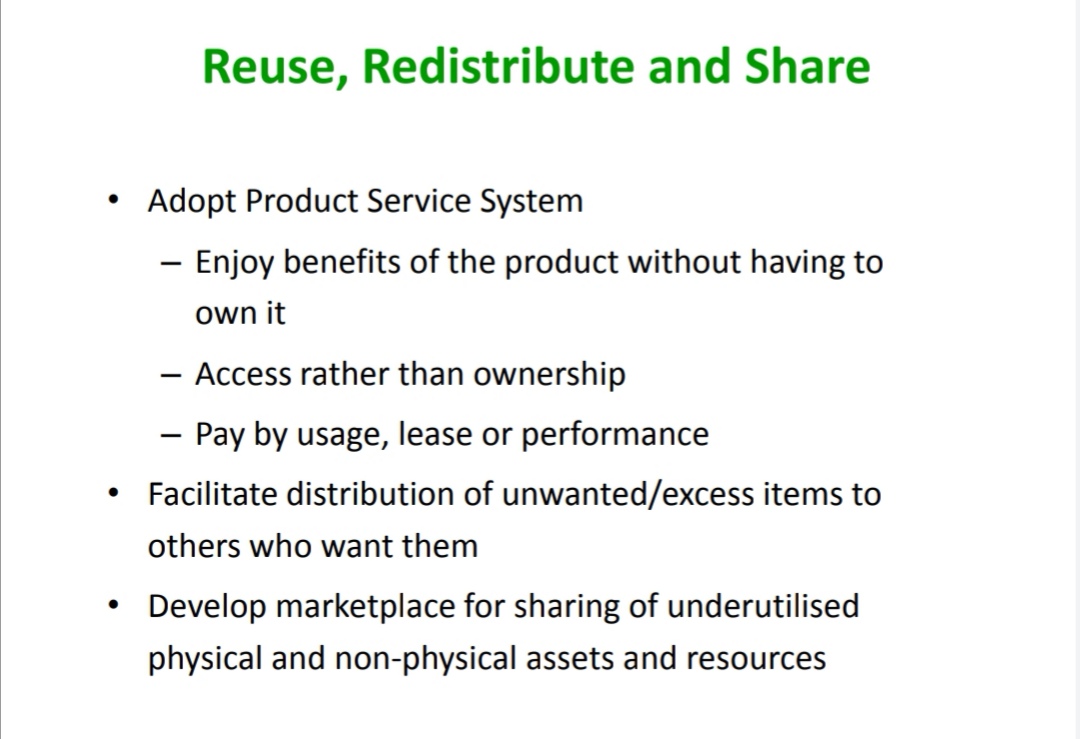
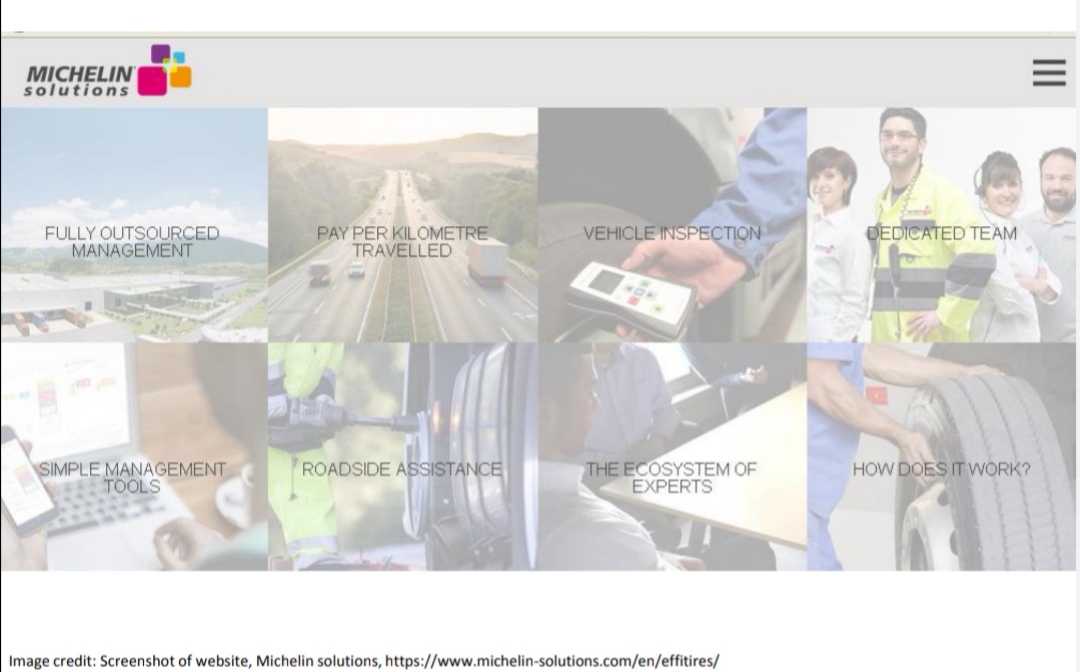
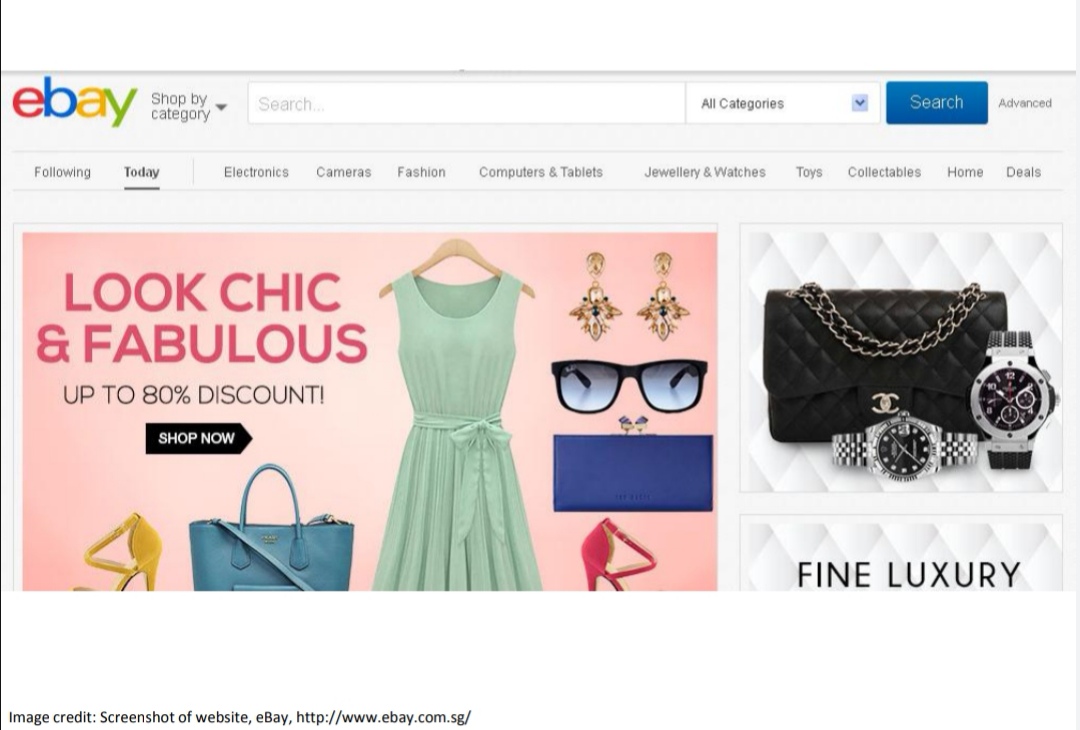
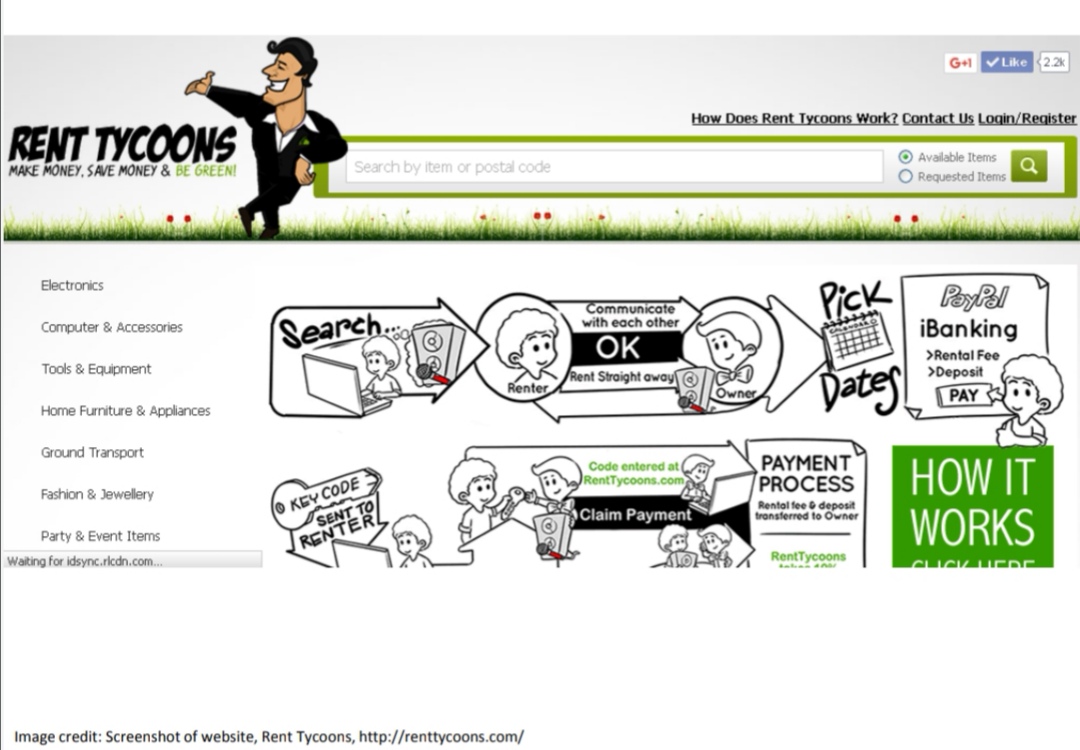
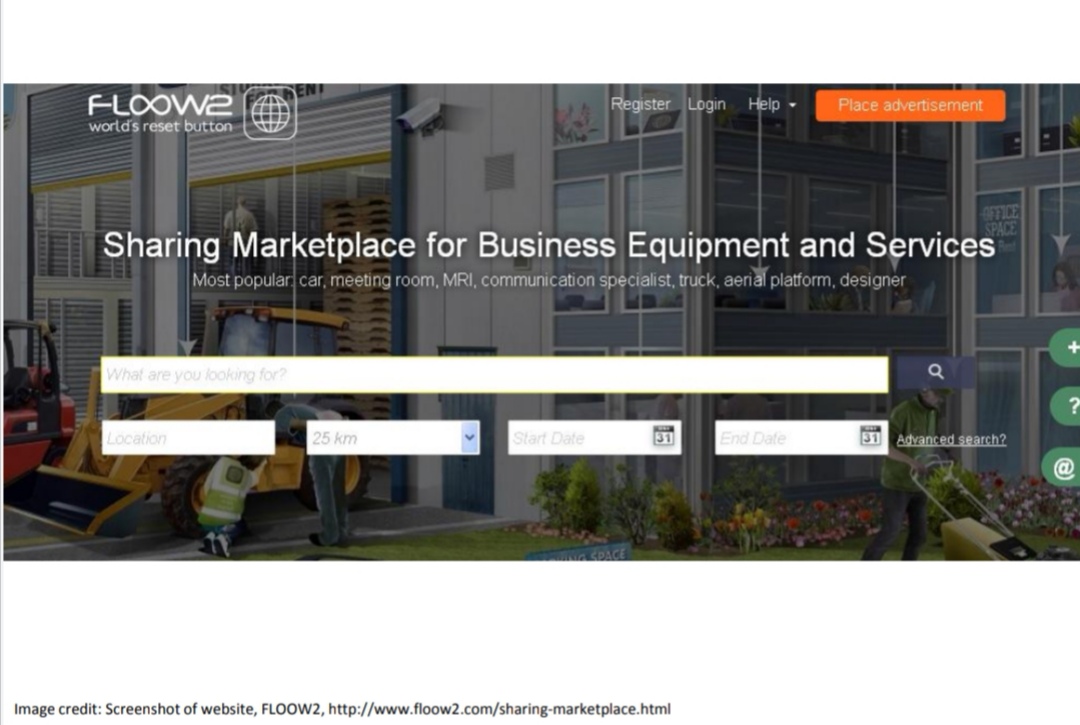
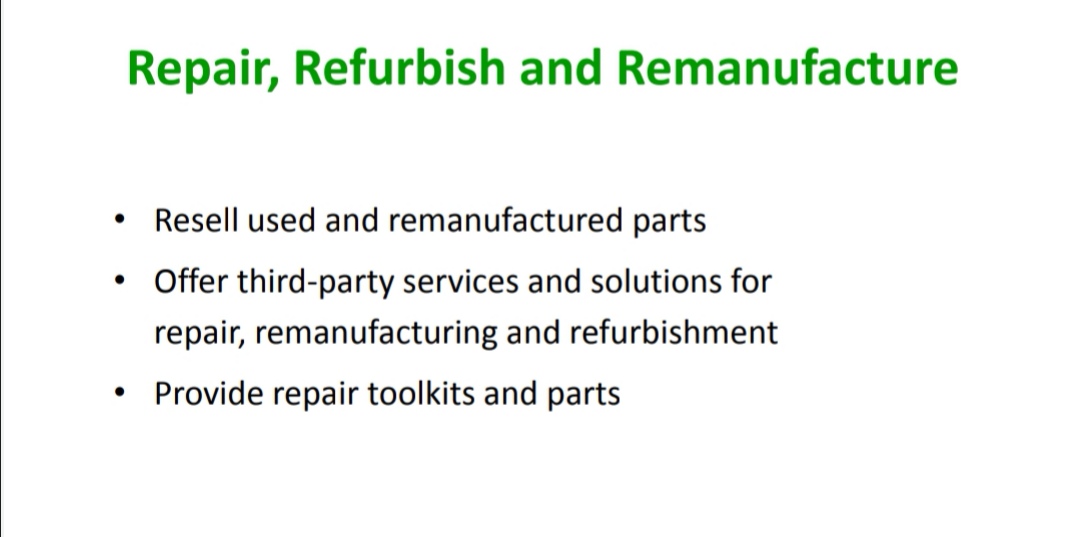
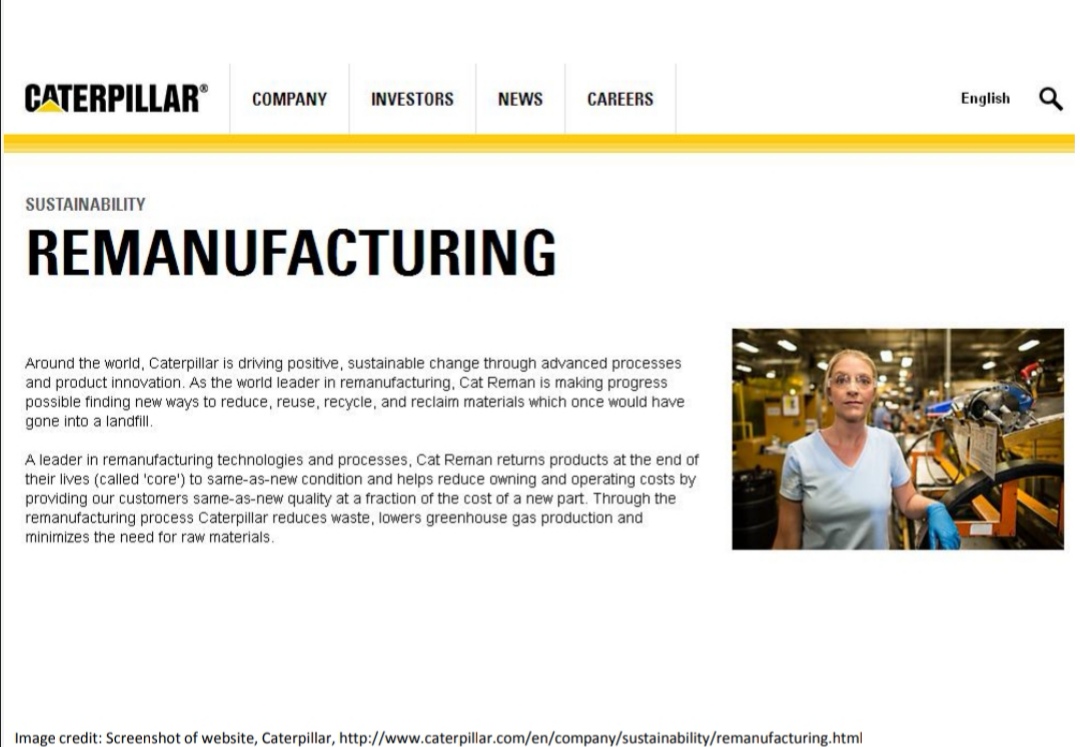
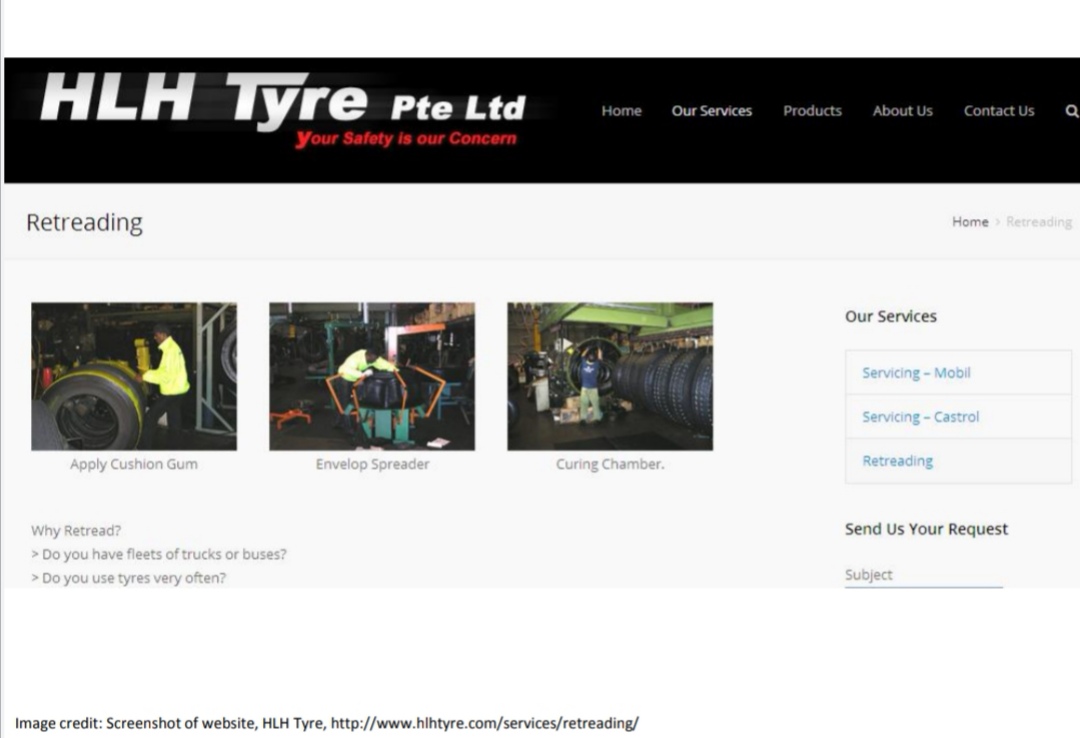
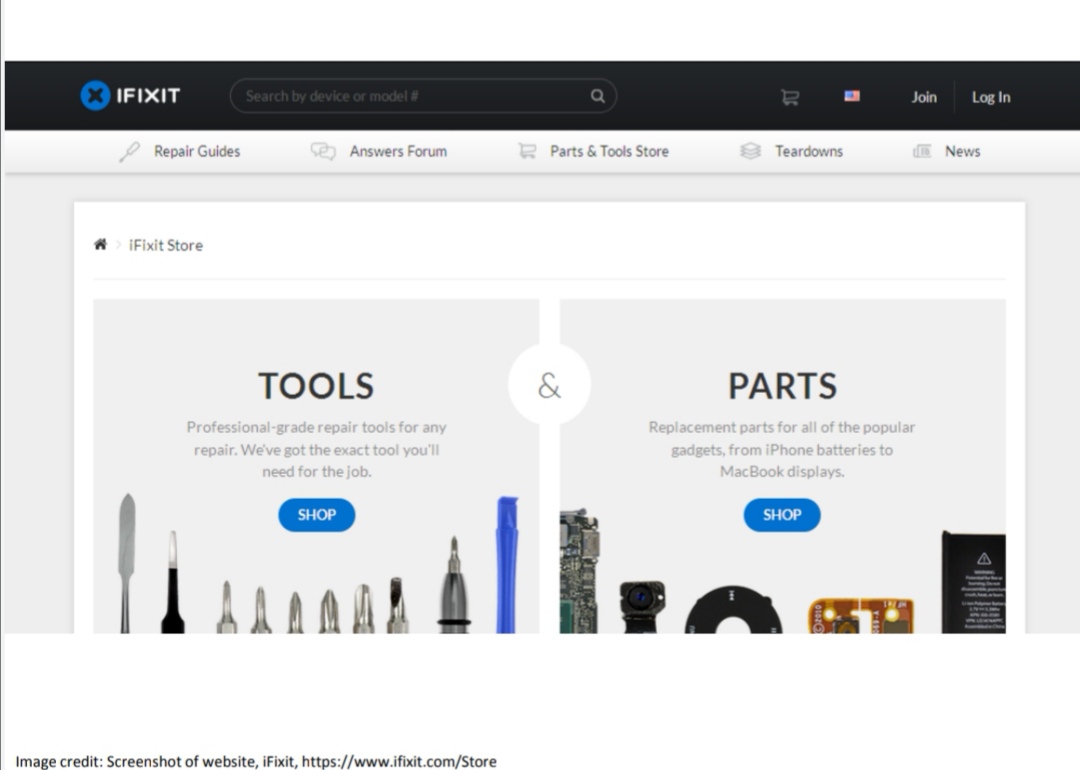
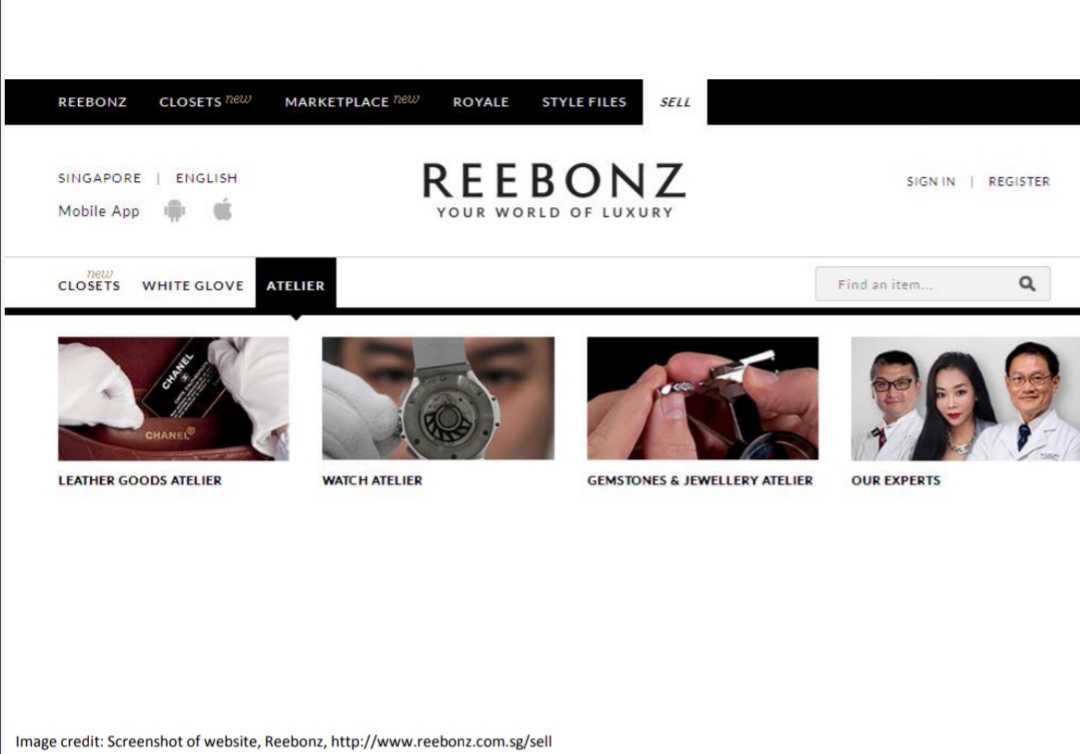
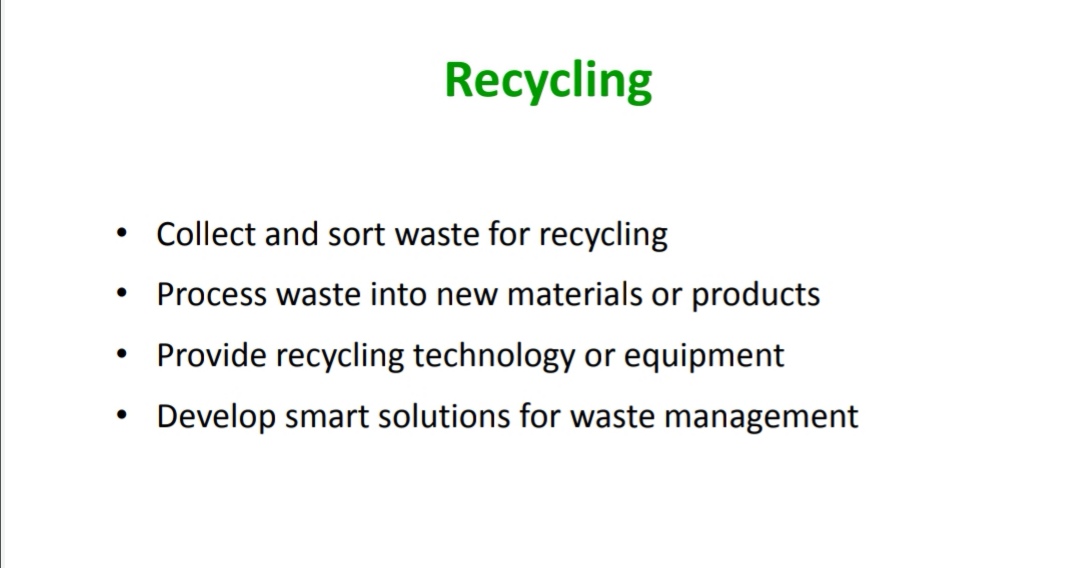
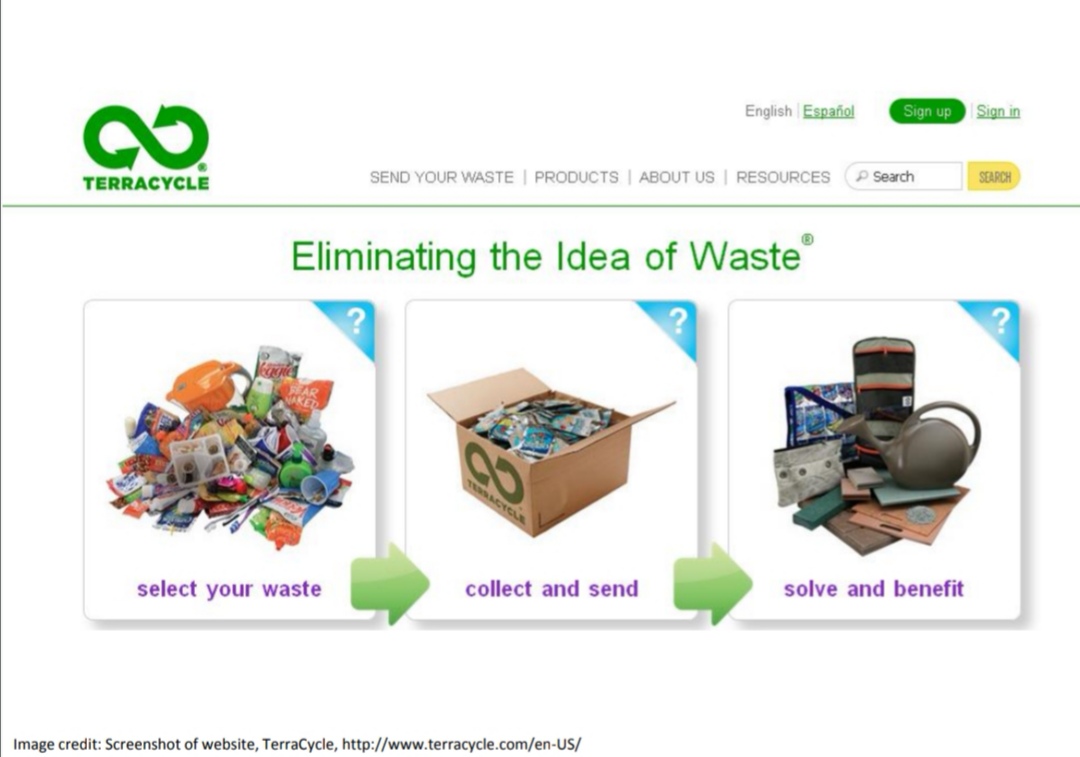
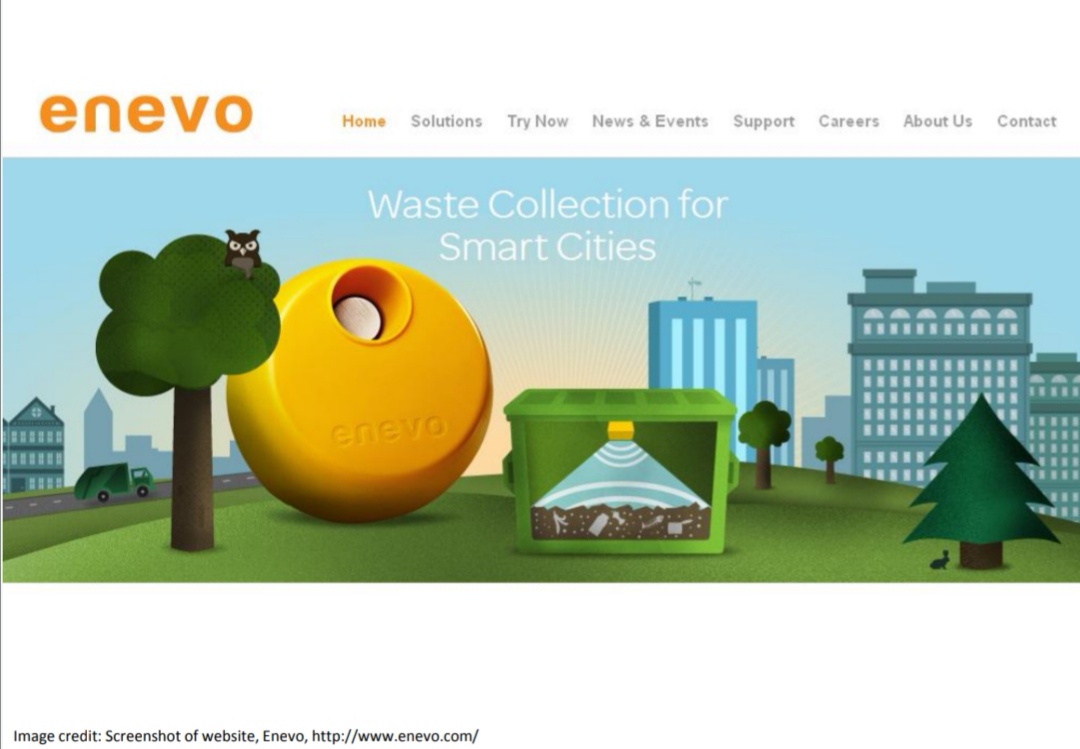
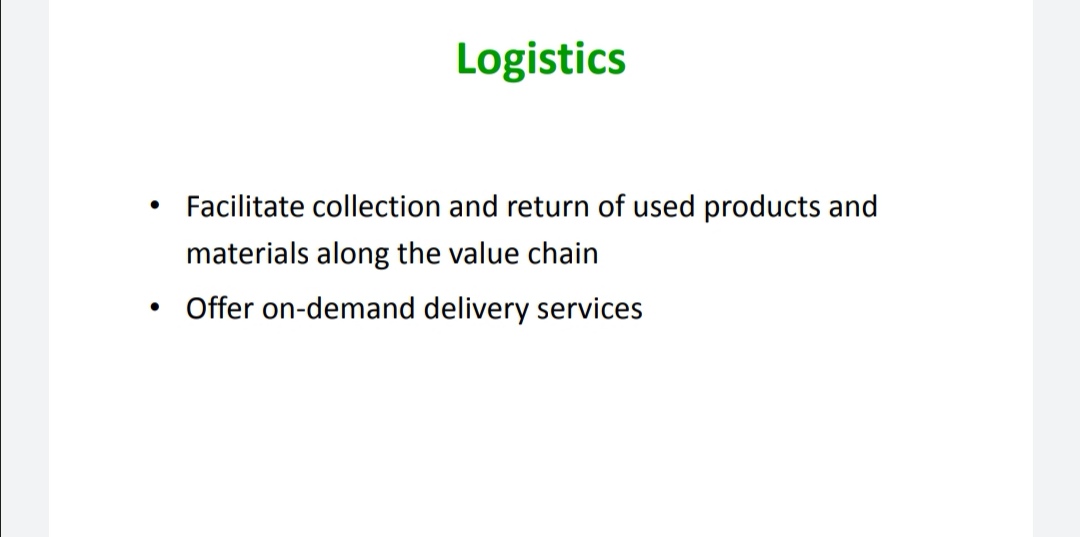

Image credit: Towards the Circular Economy vol. 1, Ellen MacArthur Foundation

